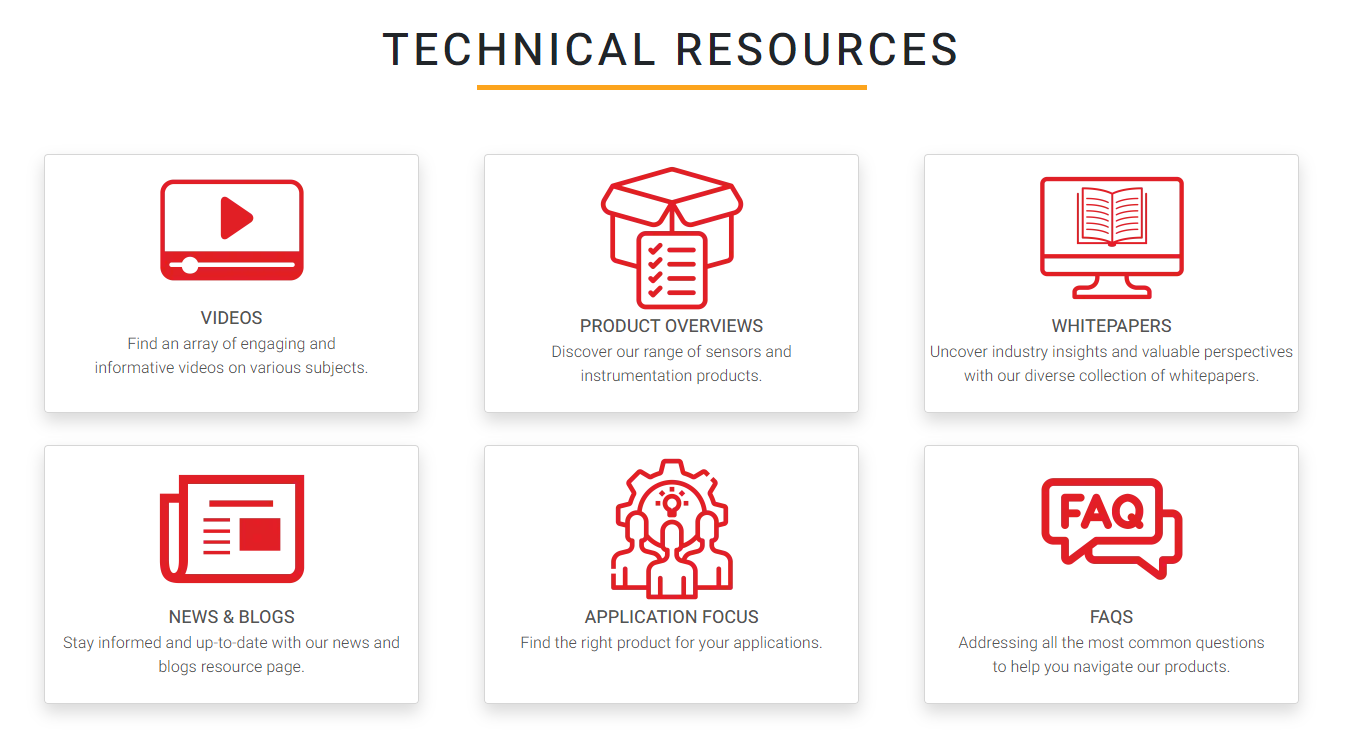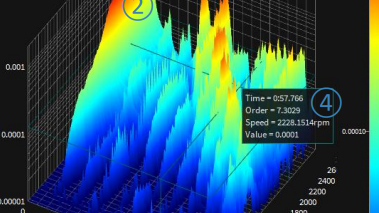Latest Oxygen 7.6 Update
Common Accuracy Specifications
- Non-linearity: This measures how well the output of the sensor follows a straight line as pressure increases or decreases. It is typically expressed as a percentage of full scale range.
- Hysteresis: This measures the difference between the output of the sensor for the same pressure when increasing or decreasing pressure. It is also typically expressed as a percentage of full scale range.
- Repeatability: This measures how consistently the sensor produces the same output for the same input pressure over multiple measurements. It is typically expressed as a percentage of full scale range.
- Operating temperature: The temperature range in which the pressure sensor is designed to operate. This range typically includes both the minimum and maximum temperatures at which the sensor can function properly, without suffering damage or malfunction.
- Compensated temperature: The range of temperatures in which the sensor can provide accurate readings after compensating for the temperature effect.
- Long term stability: This measures how much the accuracy of the sensor changes over time due to factors such as aging or environmental conditions. It is typically expressed as a percentage of full scale range per year.
- Zero offset: This measures the output of the sensor when there is no pressure applied. It is typically expressed as a percentage of full scale range. A zero offset indicates how much the sensor output deviates from the expected zero value, which can be caused by various factors such as mechanical misalignment, thermal drift, or manufacturing tolerances.
- Span offset: This measures the difference between the actual full scale range of the sensor and the specified full scale range. It is typically expressed as a percentage of the specified full scale range. A span offset indicates how much the sensor output deviates from the expected output at the upper end of its range and can be caused by factors such as sensor overload, aging, or manufacturing tolerances.
Download a PDF copy of this blog here.
Take a look at our range of pressure sensors or contact us today.




